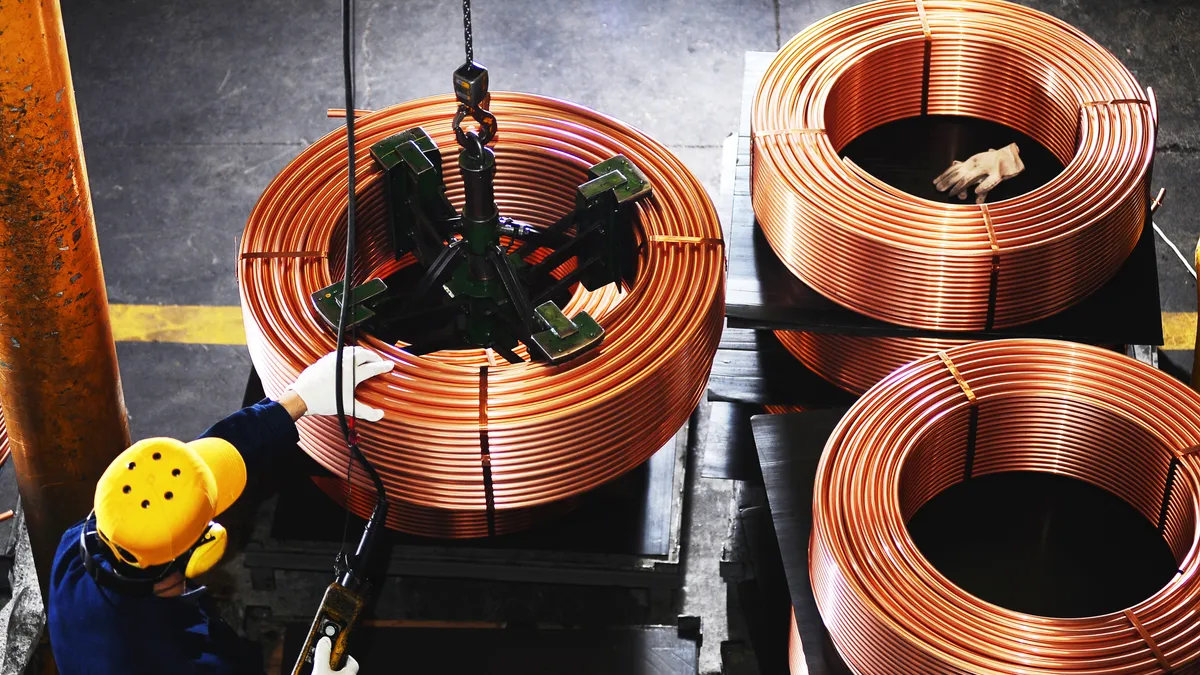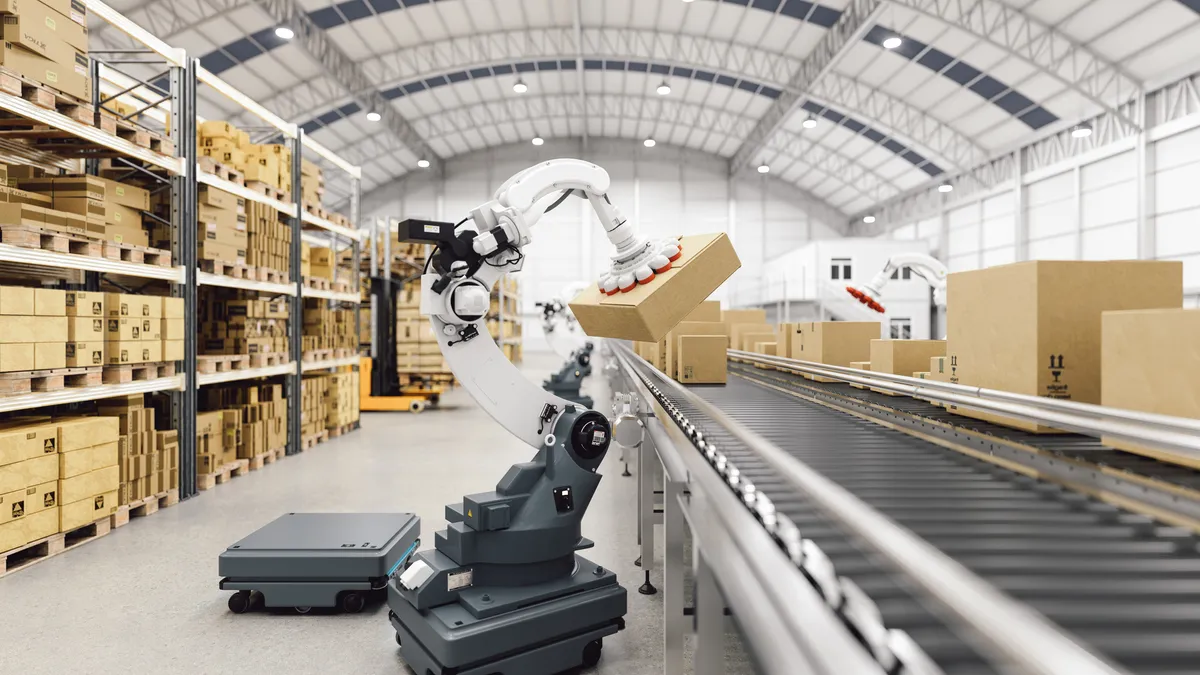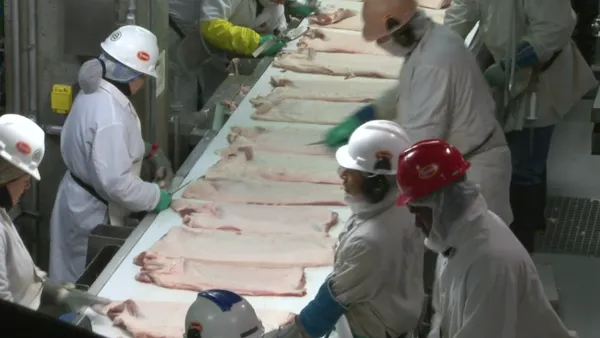Editor’s note: This story is part of an ongoing series diving into the opportunities and challenges facing the manufacturing industry in 2023. Read the rest of the series here.
Faced with rising material and labor costs pressuring their bottom lines, many electronics manufacturers hiked prices in 2022.
A year later, several of these same challenges remain. More than two-thirds of electronics manufacturers reported material costs were on the rise and 73% reported rising labor costs, according to an IPC survey of industry leaders in December. However, falling transportation costs might help ease budget pressures.
We asked three industry experts for their takes on how companies will approach pricing this year and if more rate hikes could be on the way.

Shawn DuBravac
Chief Economist, IPC
Electronics manufacturers continue to face elevated costs, which have compressed profit margins for some companies. Manufacturers are likely to raise prices in 2023 in an effort to offset elevated costs and mend profit margins, but the ability to raise prices will be curbed by the economic environment in the first half of the year and the strength of backlogs and new orders.
Electronics manufacturers continue to report both high material and labor costs, which they expect will continue to rise in the coming months. There are a number of factors behind these expectations. While most commodity prices have fallen from their peaks, they remain above pre-pandemic levels. In other cases, some input costs are rising. Copper for example could see new all-time high prices this year as shortages coincide with strong demand. Finally, the end of China's stringent COVID restrictions is putting upward pressure on consumer and industrial demand which in the short-term could be inflationary for input materials.
On the labor front, there are a number of reasons why costs will remain elevated in 2023. First, demand for workers remains strong and many businesses continue to hire new workers. The unemployment rate recently sank to levels not seen since the 1950s. Manufacturers are having to compete not only with other manufacturers for workers but also with career paths outside of the manufacturing sector. Secondly, the share of people wanting to work shrank during the pandemic as a result of early retirements and or other factors and has not returned to pre-pandemic levels. Finally, despite increases in wages and benefits in 2022, the gains have largely not kept up with inflation. Workers will be looking to regain real wage growth in 2023 and the tight labor market will continue to put upward pressure on labor costs even as overall inflation pressures recede.
However, transportation costs are retreating and supply chain dislocations are improving, which should help manufacturers in 2023. The Shanghai Containerized Freight Index is back to pre-pandemic levels and shipping capacity should keep container shipping prices muted during the year. Moreover, demand for trucking is down significantly, which should put further downward pressure on transportation costs.
Still, higher costs flattened profit margins in 2022 for many firms which have unable to raise prices sufficiently to offset these higher costs. Looking forward, however, roughly a quarter of firms expect profit margins will expand in the first half of 2023, a sign that prices will necessarily rise to offset elevated costs.
The ability to raise prices is dependent on solid demand and electronics manufacturers expect demand to carry through at least the first 6 months of the year. Almost half of electronics manufacturers expect orders to rise through at least the first half of 2023. Moreover, backlogs also remain strong. Strong demand and solid backlog will insulate manufacturers somewhat and enable them to raise prices.

Andy Reese
Director of Business Development, East West Manufacturing
Without the luxury of a crystal ball, there are several areas we continue to monitor to determine if we expect the cost of manufacturing to increase.
For instance, the United States continues to feel higher than normal inflationary pressures while simultaneously battling recessionary economic conditions. The Fed continues its increase of interest rates, impacting the cost of capital which has been at historical lows for the last five years. We are seeing direct labor rates continue to rise even amidst reduction in force of some of the world’s most well-known technology companies (Amazon, Google, FedEx, PayPal, IBM, 3M, Microsoft, Goldman Sacs, Salesforce). Fuel costs are impacting higher than normal freight rates, and while supply and demand appears to be feeling less pressure for electronic component chips than 2022, the prices are not coming down. This is on top of simply the increased cost of raw materials.
With all of this in mind, it is wise to look at lessons learned from the past. Diversity of supply chain is key. Being tied to one supplier, component, freight source, etc., makes finding alternatives challenging. As a product development and integrated assembly company, we absolutely feel the pressure of electronic and mechanical materials impacting our costs. When you combine increased labor, freight, benefits, and the cost of capital with increased material costs, it is hard to see a position where rates will not creep higher in 2023.

Yikun Shao
B2B North American Supply Chain Leader, Alibaba.com
On the manufacturing side, we have not seen any indication that electronics manufacturers are raising prices this year. What we are seeing is prices for main raw materials and components such as copper, silicon and chips decrease or remain steady.
As a result, we may see prices for electronic products actually go down. Electronic products are what we categorize as “non-essential.” As inflation and a looming recession continue to put pressure on Americans’ wallets, the consumer demand for non-essential products like electronic products may decrease. For example, right now, we are seeing Apple lower its iPhone prices and major computer companies noting slowing sales of PCs and laptops. Still, some products within this category are faring better, such as smart home products, charging stands and holders and battery accessories. This is likely tied to many in the workforce continuing to work from home or having a blended schedule.
Additionally, we are seeing lower shipping and freight costs, signaling that the resource constraints experienced across industries could become a thing of the past. Both ocean and air freight rates have been trending downward from the second half of 2022 into 2023 easing pressure on manufacturers. On the ocean side, Drewry’s composite World Container Index came down remarkably from over $9,000 per 40ft container at the beginning of 2022, to breaking under $2,000 as of February 2023. Similarly, the air freight market has been competitive given low global demand.
While some ocean carriers have implemented measures to stabilize the market and despite oil price fluctuations potentially creating upward pressure for airline fuel surcharges, the overall rate levels in 2023 for both shipping modes are expected to be lower than last year in most trade lanes, reducing logistics costs for international traders. With less pressure on budgets from shipping, manufacturers will be more likely to decrease or keep prices steady rather than hike them.



















